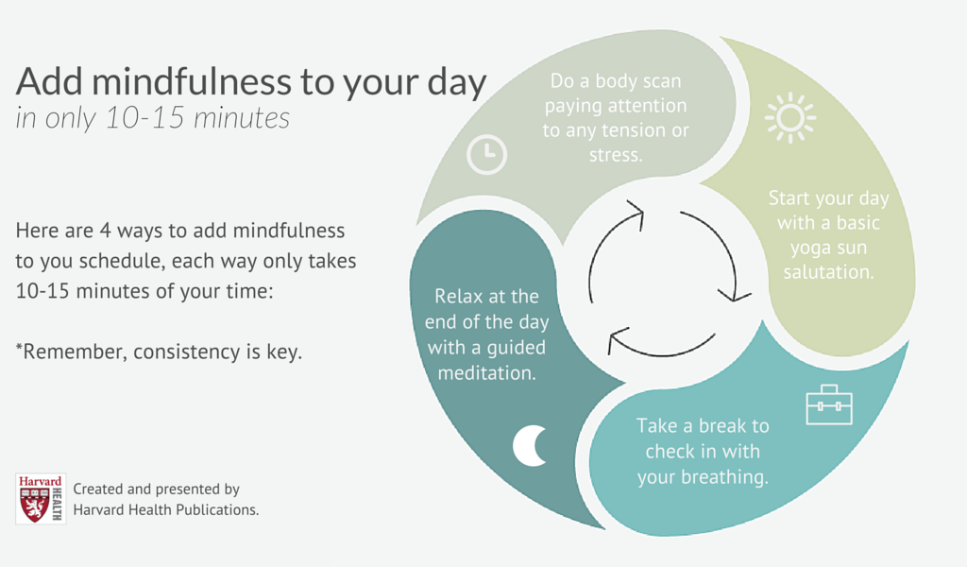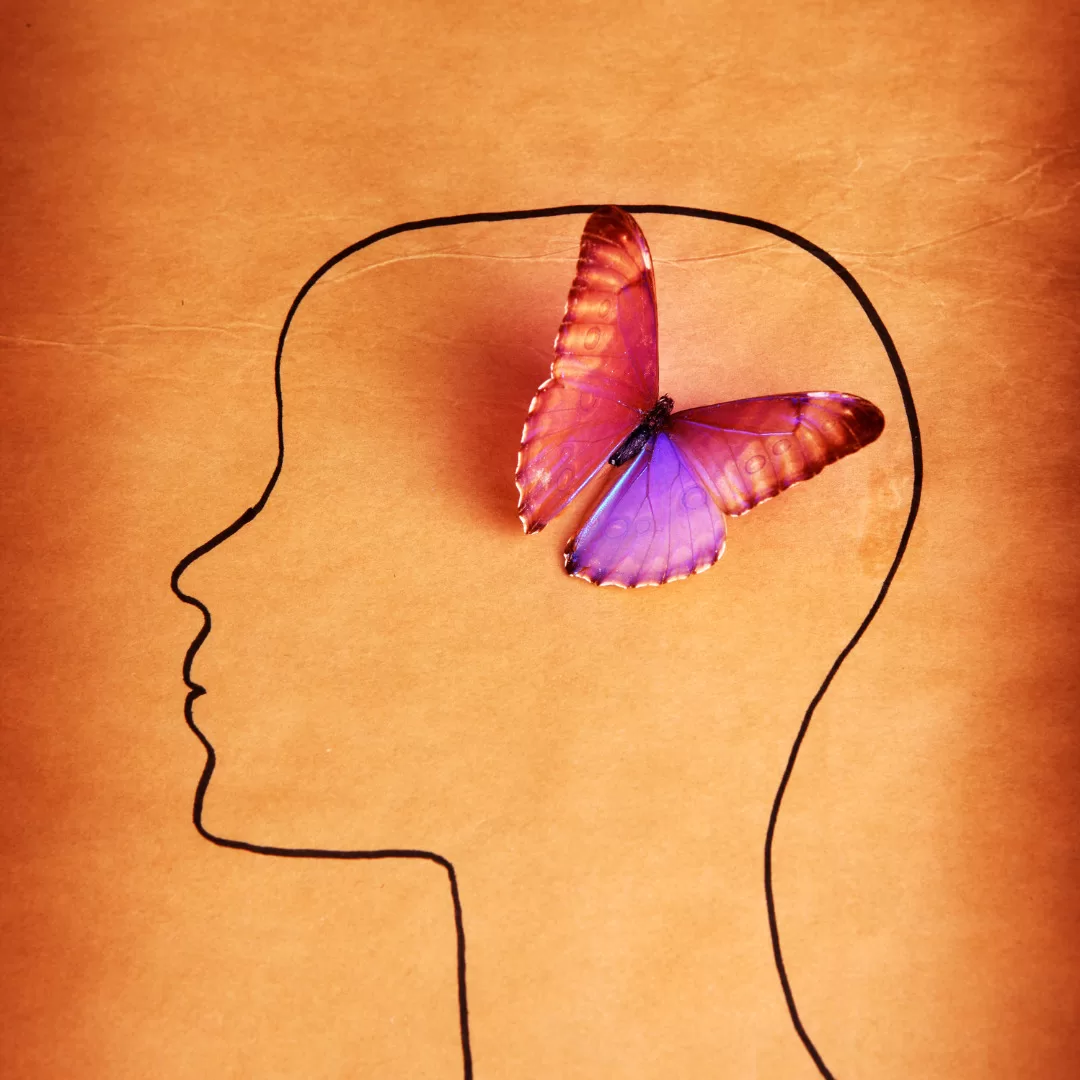Trauma can have a lasting impact on our physical, emotional, and mental well-being, making it difficult to find inner peace and move forward. However, with the practice of mindful healing, it’s possible to overcome the effects of trauma and find a sense of calm and inner peace.
In this post, we’ll explore the powerful practice of mindful healing, which combines mindfulness techniques with evidence-based therapies to promote healing and well-being. We’ll look at the benefits of mindful healing for trauma recovery, including managing trauma symptoms, promoting inner peace and calm, and providing a self-care practice.
We’ll also dive into a range of techniques and practices you can incorporate into your daily life to experience the healing power of mindfulness. From mindfulness meditation and yoga to creative expression and nourishment, we’ll explore tools and resources to help you on your healing journey.
Whether you’re dealing with the aftermath of a traumatic event, struggling with anxiety or depression, or simply looking for a way to improve your overall well-being, mindful healing can be a transformative practice. So, let’s explore the benefits of mindful healing and discover how you can overcome trauma and find inner peace with the power of mindful healing.
Introduction
In this section, we’ll delve deeper into mindful healing and why it’s important for overall well-being. Mindful healing is a holistic approach to healing that combines mindfulness practices with traditional healing methods. The goal is to promote overall health and wellness by focusing on the mind, body, and spirit. By incorporating mindfulness into your healing journey, you can learn to be more present and aware of your thoughts, feelings, and sensations, which can help you better manage stress, anxiety, and other challenges.
Definition of Mindful Healing
Mindful healing is an approach to healing the body and mind that focuses on being present and aware at the moment. It encourages an acceptance of our thoughts, feelings, and physical sensations as they are, without judgment. Mindful healing approaches incorporate techniques such as mindfulness meditation, breathwork, yoga, nutrition, movement, and talking therapies to bring balance to the body and mind. With mindful healing, individuals can find greater peace and equanimity while developing a deeper awareness of themselves and others around them.
The Connection Between Trauma and Mindful Healing
Trauma can have a profound impact on a person’s physical, emotional, and mental well-being, and finding effective ways to heal can be challenging. That’s where mindful healing comes in. Mindful healing is a practice that involves being present at the moment, cultivating self-awareness, and learning to regulate emotions in a healthy way. By practicing mindful healing, individuals can develop the skills to overcome trauma and find inner peace. Here are some ways that trauma and mindful healing are connected

Understanding Trauma
To fully appreciate the role in trauma recovery, it’s important first to understand what trauma is and how it can affect the body and mind.
Mindful Healing as a Path to Recovery
While trauma can be a deeply painful and difficult experience, it’s possible to heal and move forward. Mindful healing provides a framework for individuals to process their experiences, learn new coping skills, and cultivate a sense of inner peace.
How Mindful Healing Works
Mindful healing is rooted in the practice of mindfulness, which involves paying attention to the present moment without judgment. This practice can help individuals identify negative thought patterns, regulate emotions, and cultivate greater self-awareness.
The Importance of Mindful Healing in the Long-Term
While trauma recovery can be a challenging journey, cultivating a consistent mindful healing practice can help individuals grow and thrive in the long term. By staying connected to their inner selves, individuals can build resilience, cultivate positive relationships, and develop a greater sense of purpose and meaning in their lives.
The Benefits of Mindful Healing for Trauma Recovery
In this section, we’ll explore the many benefits of practicing mindful healing. When you practice mindful healing, you can experience a wide range of mental, physical, and emotional health benefits. For example, research has shown that practicing mindfulness meditation can help reduce stress and anxiety, improve mood and emotional regulation, and even increase brain activity in areas associated with positive emotions and well-being. Additionally, practicing yoga and mindful movement can help improve flexibility, balance, and overall physical health.
Managing Trauma Symptoms with Mindful Healing
Mindful healing is a helpful resource for people who have experienced traumatic events. Mindful healing techniques help to regulate emotions and enhance self-awareness, providing an opportunity to work through the physical and emotional aftermath of trauma. Mindfulness-based therapies have been shown to be effective in decreasing intrusive thoughts, rumination, and anxiety associated with past traumatic events.
Additionally, mindful practice can help reduce stress levels when engaging in challenging situations that could otherwise trigger fear. Practicing mindful self-care can create space for individuals to find meaningful ways of processing trauma so they can take control of their lives again.

Promoting Inner Peace and Calm with Mindful Healing
If you’re looking for ways to promote inner peace and calm in your life, practicing mindful healing can be a powerful tool. Mindful healing involves techniques such as mindfulness meditation, yoga, and journaling to help you tune into your body and mind, reduce stress and anxiety, and promote overall well-being. By incorporating these practices into your daily routine, you can cultivate a greater sense of self-awareness and develop the skills to manage difficult emotions and experiences. Whether recovering from trauma or simply looking to enhance your overall quality of life, mindful healing can be a transformative practice promoting inner peace and calm.
Mindful Healing as a Self-Care Practice
In today’s fast-paced world, self-care is more important than ever. Mindful healing is a powerful self-care practice that has gained popularity in recent years. By incorporating mindfulness techniques into your daily routine, you can reduce stress, improve your mental and physical health, and achieve greater inner peace. It involves being present at the moment, acknowledging and accepting your emotions, and taking steps to heal and grow from your experiences.
Whether you practice mindfulness meditation, yoga, or journaling, mindful healing can be a transformative self-care practice to help you live a happier, healthier life. So, if you’re looking for a way to prioritize your well-being and take care of yourself on a deeper level, consider incorporating mindful healing into your self-care routine.
Mindful Healing Techniques for Trauma Recovery
In this section, we’ll provide an overview of some of the most effective techniques for practicing mindful healing. Mindfulness meditation is one of the most popular and effective techniques for cultivating mindfulness and promoting healing. Other techniques include yoga and mindful movement, which can help you connect with your body and release physical tension. Journaling and mindful writing are also effective techniques for cultivating mindfulness and promoting self-awareness.
Mindfulness Meditation for Trauma Recovery
Mindfulness meditation is a powerful tool for trauma recovery. Focusing on the present moment and cultivating an attitude of non-judgmental awareness can help individuals process their traumatic experiences and reduce symptoms such as anxiety, depression, and flashbacks. In mindfulness meditation, you observe your thoughts and feelings as they arise, without trying to change or get caught up in them. With regular practice, mindfulness meditation can improve emotional regulation and promote a sense of calm and well-being. It’s a safe and effective complement to other forms of therapy and can be done at home or in a group setting. If you’re struggling with the effects of trauma, consider incorporating mindfulness meditation into your recovery plan.
Yoga and Mindful Movement for Trauma Recovery
Yoga and mindful movement practices are powerful tools for trauma recovery. These practices can help release tension and stress held in the body, improve circulation and flexibility, and promote overall physical and emotional healing. In addition to the physical benefits, yoga, and mindful movement can cultivate a greater sense of self-awareness and mindfulness, which are essential for healing from trauma. By practicing yoga and mindful movement, individuals can learn to connect with their bodies, regulate their emotions, and develop a deeper sense of self-compassion and acceptance.
Creative Expression and Art Therapy for Trauma Recovery
Creative expression and art therapy are powerful tools that can aid in the recovery from trauma. Through the use of various artistic mediums, individuals can explore and express their emotions in a safe and non-judgmental environment. Art therapy can help individuals process traumatic experiences, reduce anxiety, and improve overall mental health. In addition, creative expression allows individuals to tap into their inner creativity and connect with themselves on a deeper level. By incorporating art therapy into a trauma recovery plan, individuals can gain a sense of empowerment and control over their healing process. If you or a loved one have experienced trauma, consider exploring the benefits of creative expression and art therapy as a means of healing and recovery.
Mindful Healing Practices for Daily Life
In this section, we’ll discuss how to incorporate practices into your daily routine. Mindful eating is a powerful technique for cultivating mindfulness and promoting healthy eating habits. By paying attention to your food’s flavors, textures, and sensations, you can learn to eat more mindfully and make healthier choices. Mindful breathing is another effective technique for reducing stress and anxiety and promoting relaxation. Finally, mindful walking is a simple yet effective way to connect with your body and the present moment.
Mindful Breathing and Body Scan Meditation for Daily Life
Mindful breathing and body scan meditation are powerful techniques that can help you cultivate a greater sense of awareness and calm in your daily life. By paying attention to your breath and body sensations, you can learn to manage stress and anxiety more effectively and connect with your inner self. Regular practice, mindful breathing, and body scan meditation can help you achieve a deep sense of relaxation and improve your overall well-being.
Incorporating these techniques into your daily routine can be easy and rewarding, and there are many resources available to help you get started. Whether you’re new to meditation or an experienced practitioner, exploring the benefits of mindful breathing and body scan meditation can be a transformative experience.
Mindful Journaling for Daily Life
Mindful journaling is a powerful tool for cultivating self-awareness and promoting personal growth. By intentionally focusing your attention on the present moment and your inner experiences, you can gain deeper insights into your thoughts, emotions, and behaviors. With regular practice, mindful journaling can help you manage stress, increase resilience, and improve your overall well-being. To get started with mindful journaling, set aside a few minutes each day to reflect on your experiences and jot down your thoughts and feelings.
You can also use prompts or guided exercises to help you explore specific themes or areas of your life. Whether you’re looking to overcome challenges, enhance your relationships, or connect more deeply with yourself, mindful journaling can be a valuable tool for your daily life.
Mindful Eating and Nourishment for Daily Life
Mindful eating is the practice of paying attention to the present moment while eating, including the taste, texture, and sensations of food. This practice can help cultivate a healthier relationship with food and promote overall well-being. Mindful eating involves slowing down and savoring each bite, paying attention to hunger and fullness cues, and being mindful of emotional eating triggers.
Incorporating mindful eating into your daily routine can improve digestion, increase energy, and reduce stress. You can enhance your overall health and well-being by nourishing your body with whole, nutrient-dense foods and being present during meal times.

Integrating Mindful Healing into Your Life After Trauma
In this section, we’ll provide tips and resources for integrating mindful healing into your daily life and creating a consistent mindful healing practice. Some tips include setting aside time for daily mindfulness practice, creating a supportive environment for mindfulness, and seeking out resources such as books, podcasts, and guided meditations to deepen your mindfulness practice.
Building a Mindful Healing Routine
Building a mindful healing routine is a powerful way to integrate mindful practices into your daily life and heal from trauma. One of the most important aspects of creating a routine is consistency. Start by choosing a few practices that resonate with you, such as mindfulness meditation, yoga, or journaling, and commit to practicing them every day, even if it’s just for a few minutes. It can also be helpful to establish a specific time and place for your routine, such as practicing yoga first thing in the morning or meditating before bed.
As you continue to practice, you may find that your routine evolves and changes over time, and that’s okay. The key is to remain committed to your practice and approach it with a sense of curiosity and openness. Building a mindful healing routine with time and dedication can be a transformative and healing experience.
Seeking Professional Help for Mindful Healing
If you’re struggling with trauma or mental health issues, seeking professional help can be a crucial step in your mindful healing journey. Mental health professionals, such as therapists and counselors, can provide guidance, support, and evidence-based techniques to help you overcome trauma and find inner peace. They can also help you create a personalized mindful healing plan that fits your unique needs and goals.
Additionally, seeking professional help can reduce the risk of re-traumatization and ensure that you have a safe and supportive environment to explore your emotions and experiences. So if you’re feeling overwhelmed or unsure about how to start your journey, consider reaching out to a mental health professional for help.
Mindful Healing Resources and Tools for Trauma Recovery
When it comes to trauma recovery, having the right resources and tools can make all the difference. Fortunately, there are many resources available to help you with your journey. From guided meditations to apps that track your progress, these resources and tools can provide support and guidance as you work towards healing. Some useful links include the Trauma-Informed Yoga Resource Center, and the National Center for PTSD’s Mindfulness-Based Stress Reduction program. Incorporating these resources and tools into your practice can help you overcome trauma and find inner peace.
Conclusion
In conclusion, mindful healing is an effective way to overcome trauma and find inner peace. It encourages us to take action in our lives and recognize how we can use our minds and bodies as powerful tools for healing. By creating a space of mindful awareness, we can develop the skills to make healthy decisions, build resilience, and be better equipped to handle stress. As we become more aware of what is within us, we are able to find clarity and compassion toward ourselves while decreasing fear and anxiety.
Recap of Benefits of Mindful Healing for Trauma Recovery
As we have seen throughout this article, practicing mindful healing can have numerous benefits for those recovering from trauma. Techniques such as mindfulness meditation and yoga can help individuals regulate their emotions and reduce symptoms of anxiety and depression. Additionally, mindful healing practices, such as mindful breathing and walking, can help individuals develop a greater sense of calm and resilience.
By integrating these techniques into your life and creating a consistent practice, you can experience a greater sense of inner peace and well-being as you continue on your journey of trauma recovery. Remember, healing takes time, and being patient and kind to yourself as you navigate this process is important.












